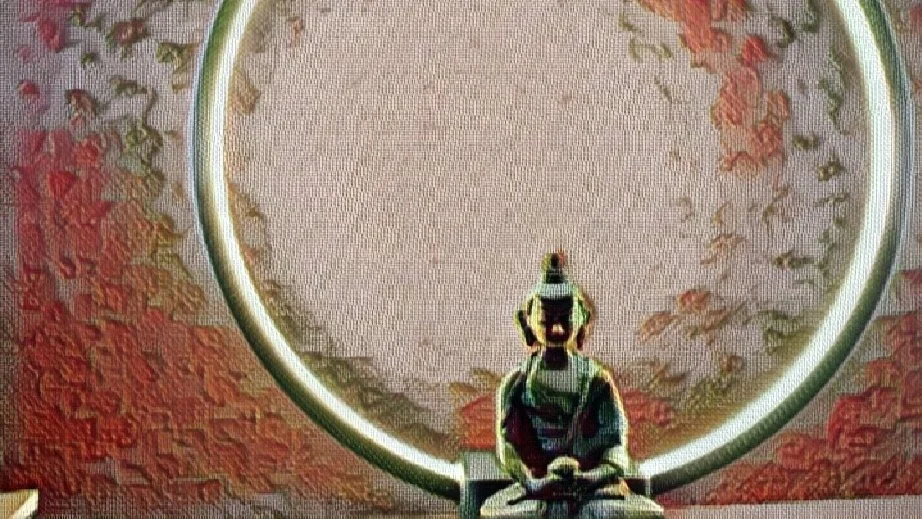
Healing with Psychedelics:
Trainings for Practitioners and the Wider Community
Therapeutic Practitioner Trainings
(Foundational Training and Mastery Classes)
Community Education
(Self Healers, Couples, Rethinking Recovery, Postpartum)
The Innate Path Framework
-
Beyond a materialist understanding of the body
Failure of the materialist view to resolve modern suffering
The return to ancient knowledge - shamanism, Buddhist and spiritual science
Multidimensional mind/body
Our psychedelic nature (and why we fear it)
The roles of psychedelic medicine support
-
Turning inward
The conscious, subconscious and unconscious aspects of mind
Right brain, left brain connection
The Self as the intelligent subconscious curator of life
The role of the autonomic nervous system
The universe within - the Self as expert
-
The source of dis-ease
Dissociation
Suppression
Fragmentation
Projection - self hatred
Disconnection
Inauthenticity - soul loss
How psychedelics and expressive medicines reverse dissociation through expression
-
The importance of childhood
Extended childhood development
Attachment bonding
Unmet needs
Trauma
Formation of core beliefs
Wounds of consent
Child to Adult metamorphosis
Becoming disembodied
-
The burdens we carry
The many layers of memory
Epigenetic, systemic and generational trauma
Undigested experience
Encoded threat responses
Templates and scripts
Making the unconscious conscious
-
The process of digesting and letting go of experience
The multidimensional body
Triggers, trances and impossible places
Body as a crucible for transformation
Waves of bottom up integration
The psycholytic approach to psychedelic medicines
Recovering wholeness, sovereignty, self love
Trajectory and milestones of the process
Assessment and Intervention
-
Reconsidering the role of healer
Self healer - ongoing relationship to Self
The psychedelic practitioner as meditation instructor
The fragmented role of the therapist as a collective symptom
The psychedelic practitioner as midwife

Our trainings and classes are designed to:
Explore relevant and evolving psycho-spiritual theory
Focus on the personal practice of the practitioner
Learn through individual and group experience
Deepen connection to community
Reflections on training from community members:




